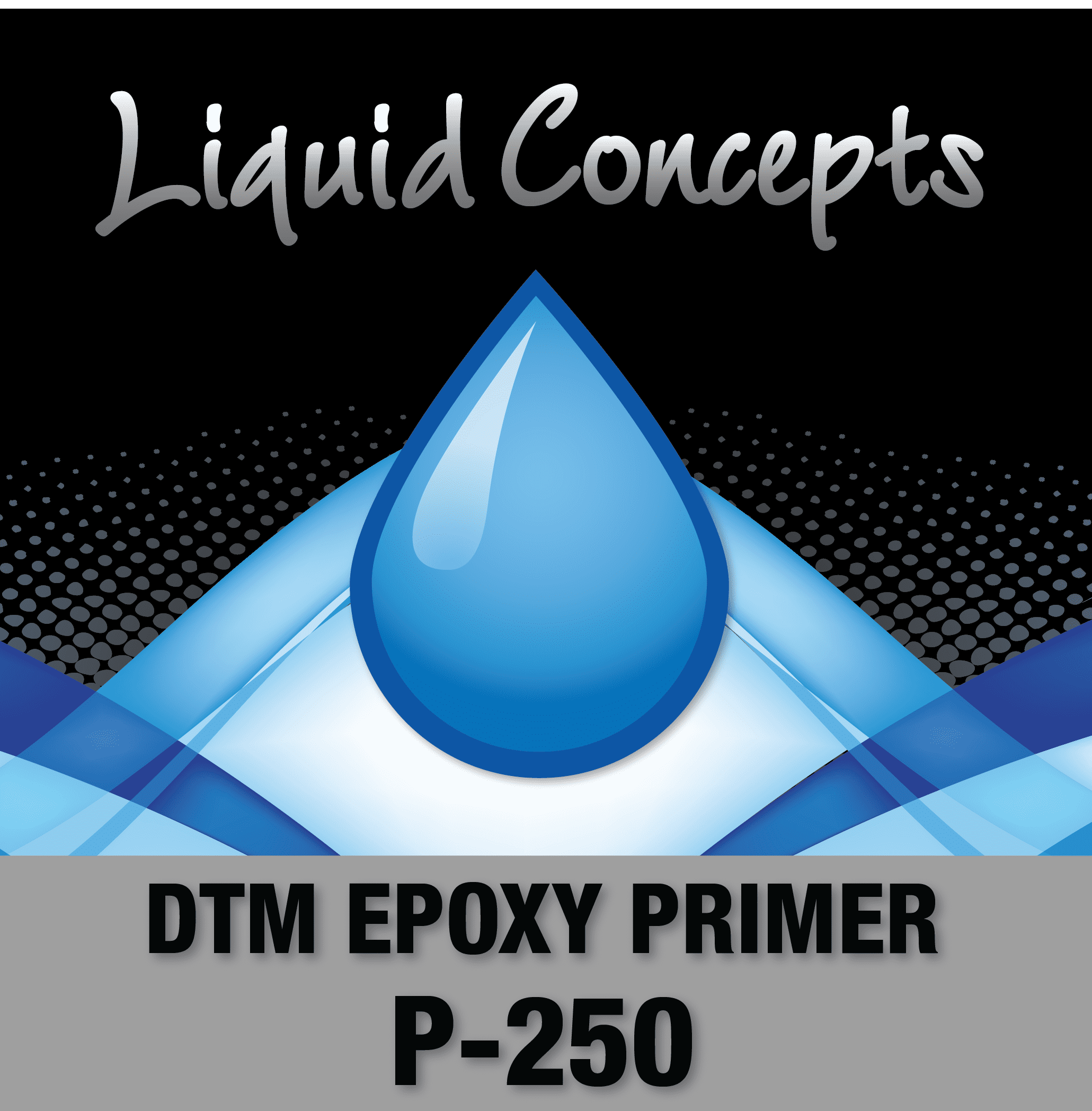0
$0.00
0 items
No products in the cart.


 501-455-5500
501-455-5500


Social
Subscribe to Newsletter